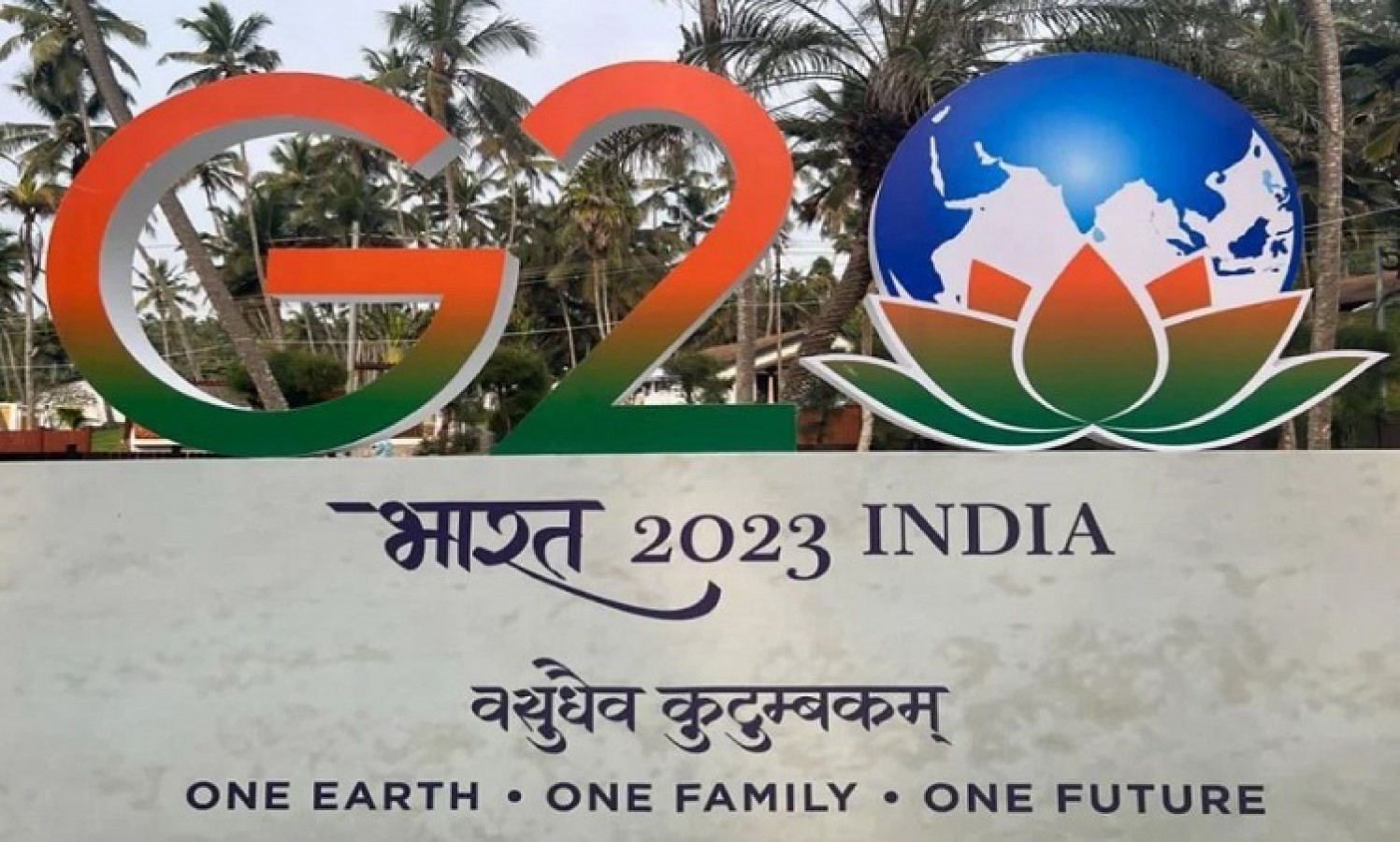Institutional investors reacted positively to the government’s offer-for-sale (OFS) of a stake in Rail Vikas Nigam Ltd (RVNL).

Concerning the Offer for Sale (OFS)
- OFS is a share sale technique adopted in 2012 by India’s securities market regulator SEBI.
- The major goal was to make it easier for promoters of publicly traded firms to reduce their interests and meet the minimum public shareholding requirements within the time frame specified.
- As a means of complying with SEBI’s rule, this approach gained favour among both state-run and private listed enterprises.
- Following that, the government accepted OFS to divest its stake in public-sector enterprises.
Key Features of Offer for Sale:
- Shareholding Dilution: In an OFS, the promoters of a company reduce their shareholding by selling existing shares through an exchange platform to retail investors, companies, Foreign Institutional Investors (FIIs), and Qualified Institutional Buyers (QIBs).
- Fresh Issuance Restriction: Unlike a follow-on public offering (FPO), in which corporations can raise capital by issuing new shares or promoters can sell their existing ownership (or both), an OFS is only used to sell existing shares.
- Criteria for Eligibility: An OFS can only be conducted by promoters or shareholders who own more than 10% of a company’s share capital.
- Only the top 200 companies are eligible: The OFS mechanism is open to the top 200 corporations in terms of market capitalization.
- Institutional Quota: A minimum of 25% of the shares available in an OFS are designated for mutual funds (MFs) and insurance firms. Furthermore, no one bidder, with the exception of MFs and insurance companies, can be given more than 25% of the offering size.
- Participation of Retail Investors: A minimum of 10% of the offer size is reserved for retail investors to encourage their participation in the share sale.
- Discount Provision: Sellers may offer a discount to retail investors on either the bid or the final allotment price.
- Timely Notification: At least two banking days before the event, the company must notify the stock exchanges of its plan to execute an OFS.
Source: https://www.hdfcsec.com/offer-for-sale-ofs#:~:text=Offer%20for%20Sale%20%2D%20OFS,bidding%20platform%20for%20the%20Exchange.






